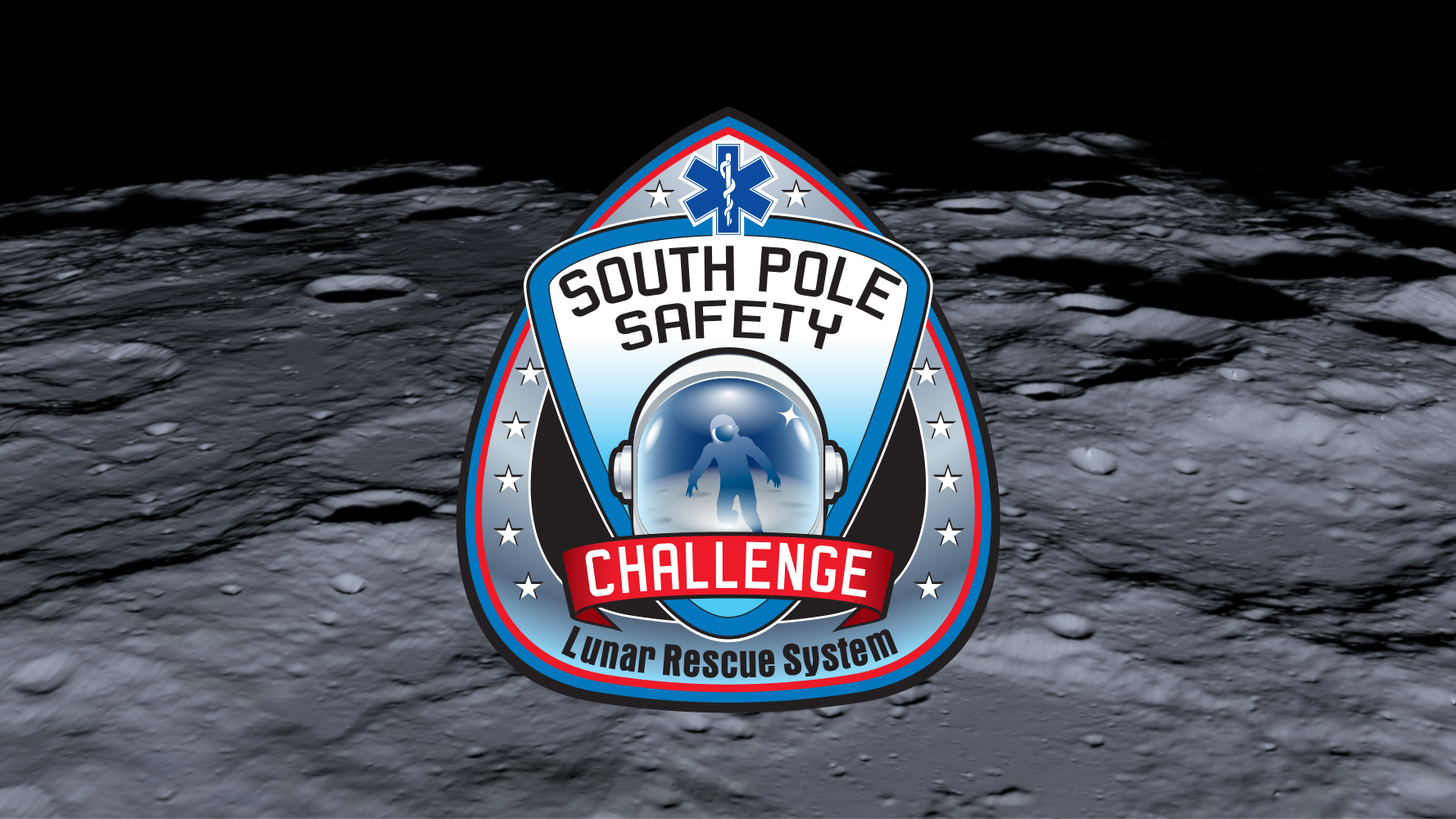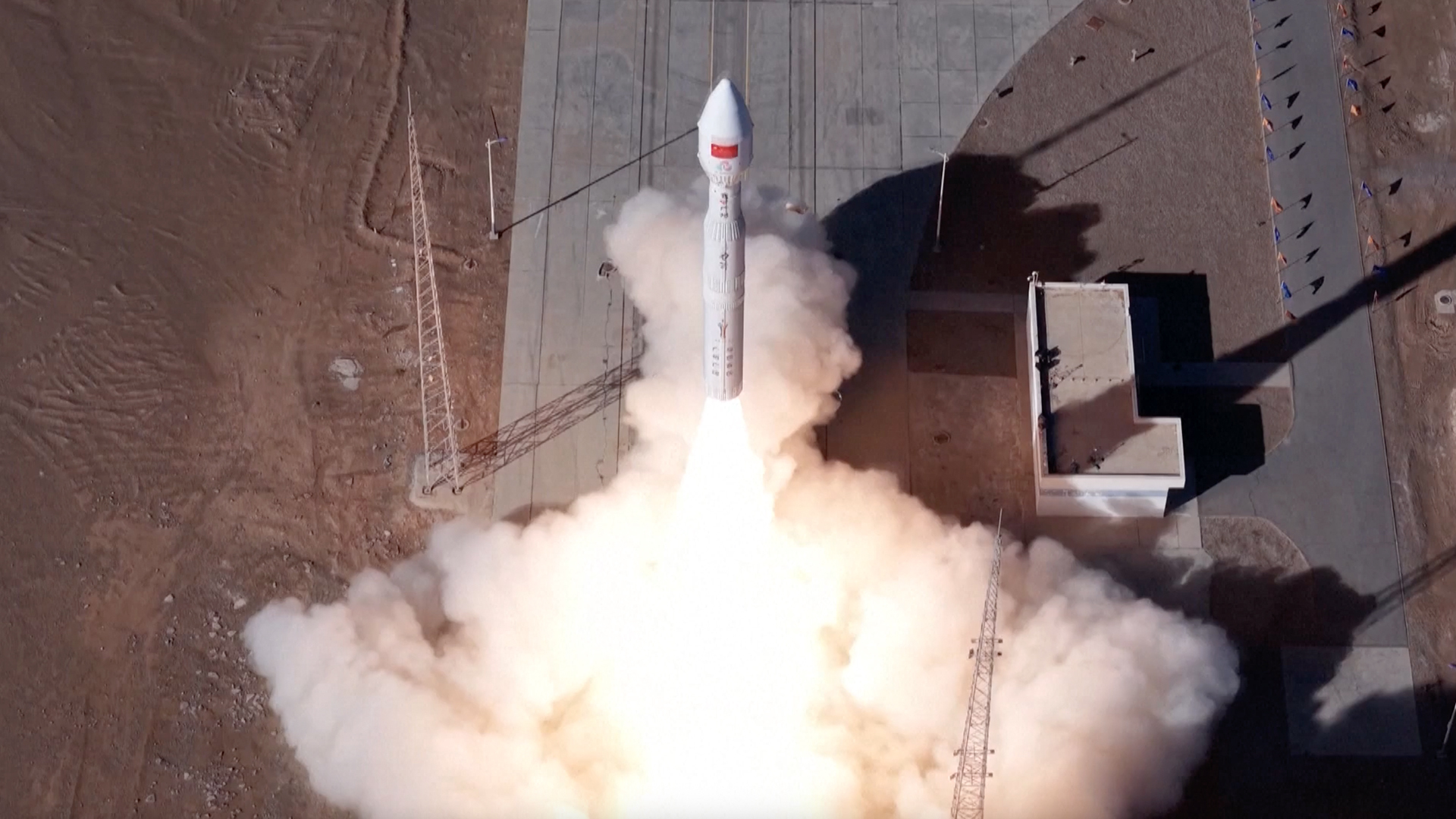Will astronauts need to be rescued from the moon? NASA wants to be prepared just in case
Upcoming moon missions will need to plan for how to respond to emergencies on the lunar surface.

NASA wants ideas on how to create emergency response plans for future missions to the moon.
The space agency's South Pole Safety challenge focuses on the development of innovative solutions for a compact, efficient system that astronauts can use in the event of an emergency during extravehicular activities (EVAs) on the lunar surface. Participants are asked to submit technical design concepts that could be adapted for NASA's Artemis program.
"If an astronaut crew member becomes incapacitated during a mission, the ability to return them safely and promptly to the human landing system is essential," NASA officials said in a statement announcing the challenge.
The upcoming Artemis 3 mission — the first crewed moon landing mission of the Artemis program expected to launch no earlier than September 2026 — is targeting to land near the lunar south pole, where two astronaut crewmembers will conduct EVAs.
Related: Watch NASA unveil landing sites for Artemis 3 human return to the moon today
The challenges of the lunar environment, including large rocks and craters, low gravity, unique lighting conditions and extreme temperatures, can make it difficult to navigate and work. This, in turn, could lead to unforeseen circumstances in which an astronaut is injured or experiences a medical emergency.
That's why NASA's South Pole Safety challenge is seeking the design of a solution that would allow a single crewmember to safely transport another fully incapacitated, suited crewmember (weighing up to 343 kg or about 755lb) back to the human landing system.
Breaking space news, the latest updates on rocket launches, skywatching events and more!
The solution must account for crewmembers traveling distances up to 1.24 miles (2 kilometers) away and across a slope of up to 20 degrees during an EVA. It also requires that the rescue plan not rely on a lunar rover for transporting the incapacitated crew member back to the lander. Participants' design concepts must also be low in mass and easily deployed by a single crewmember in the extreme environment of the lunar south pole, according to the challenge page hosted on the crowdsourcing platform HeroX.com.
"Your creativity and expertise could bridge this critical gap, enhancing the safety measures for future lunar explorers," NASA officials said in the statement. "By addressing this challenge, you have the opportunity to contribute to the next 'giant leap' in human space exploration."
Design concepts can be submitted by individuals or a team through Jan. 23, 2025. For more information on the challenge including guidelines and how to participate, visit the HeroX page online. A total of $45,000 in prize money will be distributed among five winning participants, including a first and second place winner and up to three third place winners, who will be announced on Feb. 27, 2025.

Samantha Mathewson joined Space.com as an intern in the summer of 2016. She received a B.A. in Journalism and Environmental Science at the University of New Haven, in Connecticut. Previously, her work has been published in Nature World News. When not writing or reading about science, Samantha enjoys traveling to new places and taking photos! You can follow her on Twitter @Sam_Ashley13.
